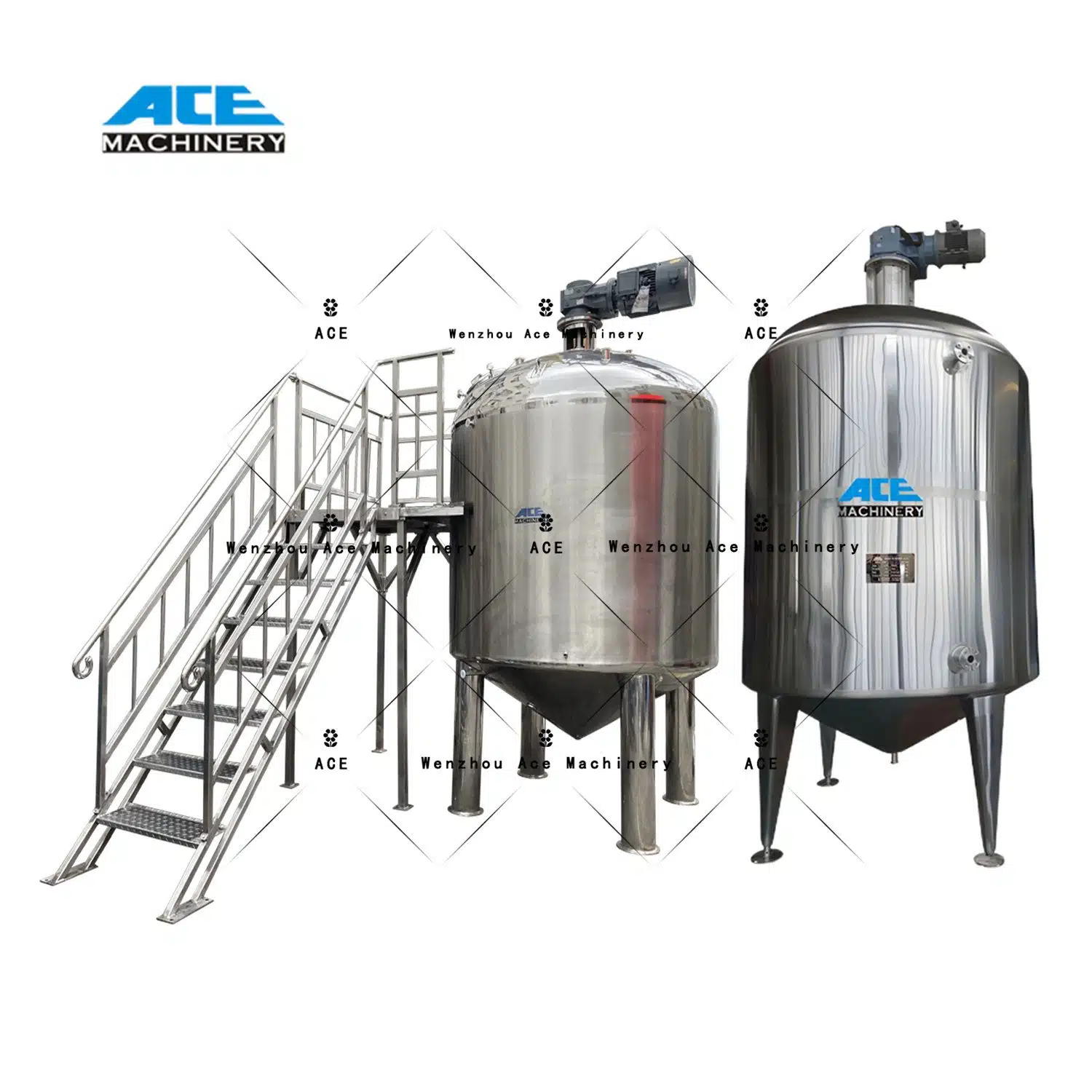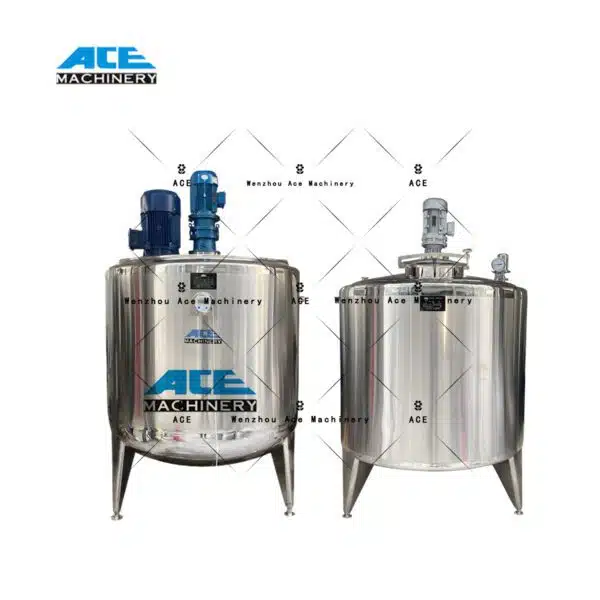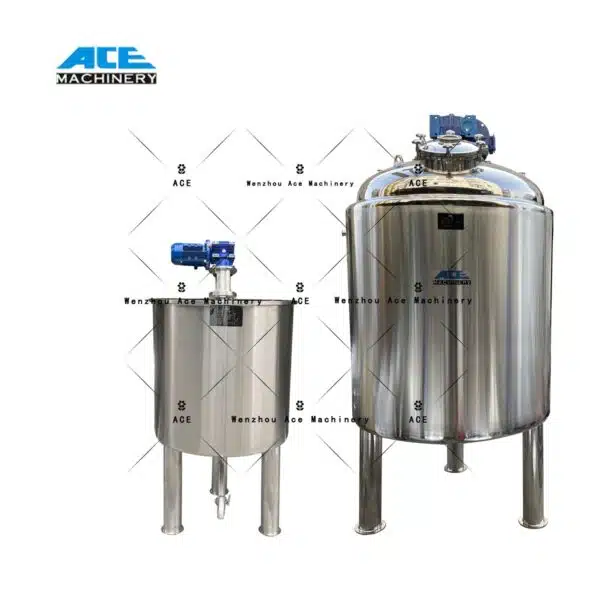A blending tank (also referred to as mixing tanks or mixer tanks) is a large cylindrical vessel used for producing beer, wine and alcohol. Composed typically of stainless steel material with capacities ranging from several hundred gallons up to thousands, this vessel allows blending of hops, grains, yeast and water for consistent and high-quality end product production.
Blending tanks applications include:
- Mixing and Blending Ingredients: As previously discussed, blending tanks are used primarily to mix and blend various ingredients to produce an even and high-quality final product.
- Fermentation: Blending tanks can also be used for fermentation, which involves turning sugars into alcohol. During this process, yeast is added to the ingredients in the tank before leaving them sit for an allotted period – providing a controlled environment and assuring that final products meet desired quality standards.
- Aging: Blending tanks can also be used for the purpose of aging beer, wine and alcohol after fermentation has taken place. Once transferred into the blending tank for storage after fermenting has taken place, the mix is left for an appropriate length of time to mature before being transferred back out for consumption or later consumption.
- Carbonation: Blending tanks are also commonly used for carbonation, the process of adding carbon dioxide gas to produce an irresistibly fizzy beverage such as beer or sparkling wine.
Types of Blending Tanks
There are various kinds of blending tanks used in the production of beer, wine and alcohol production. The most frequently utilized types include:
Vertical Blending Tanks
Vertical blending tanks are one of the most frequently utilized tanks used in producing beer, wine and alcohol. These cylindrical-shaped tall tanks are built for space efficiency and easy cleaning; typically having an agitator located near its bottom for mixing mixture as it rises through.
Horizontal Blending Tanks
Horizontal blending tanks resemble vertical ones in that they both feature wide and shallow bodies for easier mixing, but are generally wider and shorter for larger production volumes and are ideal for blending or aging beer, wine, or alcohol products.
Open Top Blending Tanks
Open-top blending tanks are commonly used for fermentation and aging processes, providing easy access and monitoring of their mixtures. However, these are best used for smaller production runs, not large-scale productions.
Closed-Top Blending Tanks
Similar to open-top blending tanks, closed-top blending tanks feature a sealed top opening that allows for enhanced temperature regulation and contamination prevention. Commonly used for large production runs as well as fermenting and aging processes, closed-top tanks offer better temperature regulation.
Our company produces mixing tanks from 100 to 30,000 liters, please contact us for the best price, we export our equipment all over the world.



